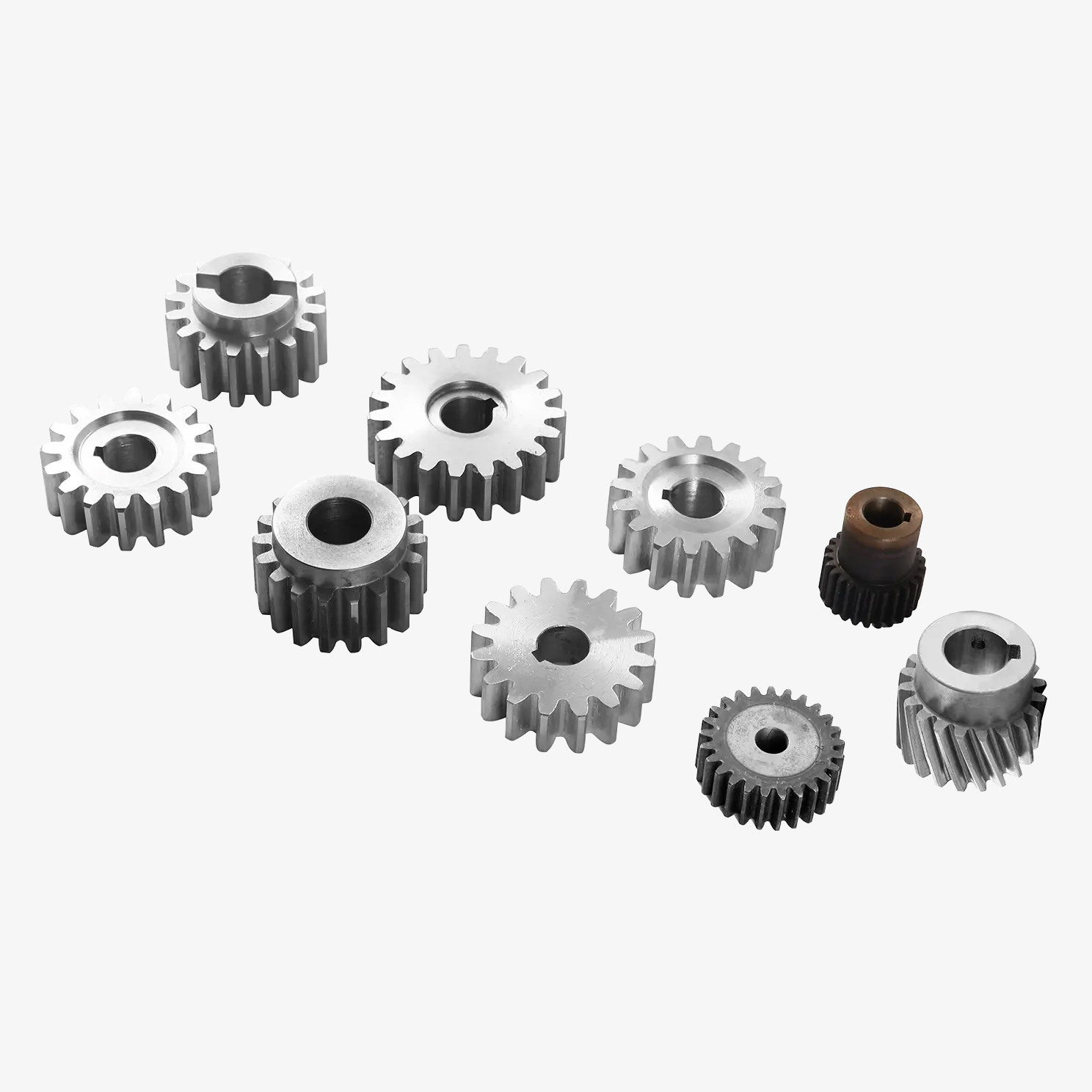No. 200 Gaoxin RD, Shanghua St, Lanxi, Zhejiang, P. R China
The Surface Heat Treatment Rack Pinion Gear is a precision-engineered ...
See DetailsIn the design and construction of gates—whether for residential, commercial, or industrial use—hardware components play a crucial role in determining both performance and visual appeal. Among the vital of these components are gate fittings and hinges. Stainless steel gate fittings paired with heavy-duty hinges represent a blend of aesthetic refinement and mechanical robustness.

Stainless steel is widely recognized for its resistance to corrosion, attractive appearance, and structural integrity. These qualities make it an material for gate fittings, which include items such as latches, brackets, bolts, and handles. In environments exposed to weather and moisture—such as outdoor gates—stainless steel offers a significant advantage over materials like standard carbon steel or untreated metals, which are more prone to rust and degradation.
There are several grades of stainless steel used in gate fittings, with grades 304 and 316 being the common. Grade 304 offers good corrosion resistance for general outdoor use, while grade 316 includes molybdenum, which enhances its resistance to chlorides, making it ideal for coastal or chemically exposed environments.
In addition to their resilience, stainless steel fittings contribute to a clean, contemporary look. Whether brushed, polished, or satin-finished, these components complement both traditional wrought iron gates and modern architectural styles. Their uniformity and minimal maintenance requirements make them suitable for high-end residential gates as well as public or commercial installations.
Heavy-duty hinges are fundamental to the safe and reliable operation of gates, particularly those that are large, heavy, or frequently used. These hinges must support the gate's weight, allow smooth opening and closing, and withstand dynamic forces such as wind or impact from manual operation.
A well-designed heavy-duty hinge ensures that the gate remains properly aligned over time, preventing sagging or binding that can damage other components or reduce security. In industrial or commercial settings, where gates may weigh several hundred kilograms and see frequent usage, hinges must be constructed from high-strength materials and feature reinforced pivot mechanisms.
Stainless steel is a preferred material for heavy-duty hinges due to its mechanical strength and resistance to wear. These hinges are often manufactured with features such as sealed ball bearings or greasable pivot points to ensure long-term performance and reduce maintenance. Adjustable models allow for minor changes in gate alignment after installation, which can be particularly useful in situations where ground conditions shift over time.
When stainless steel gate fittings are paired with heavy-duty hinges, the result is a highly functional system that also achieves visual harmony. The consistent finish and metallic luster of stainless steel components add a unified aesthetic, while their engineering precision ensures mechanical performance.
This fusion is particularly valuable in architectural projects where both form and function are emphasized. High-end residential estates, commercial complexes, and civic installations often require gates that look sophisticated without compromising on strength or reliability. Stainless steel hardware delivers on both counts.
Moreover, the material's compatibility with other metals and finishes makes it adaptable. Stainless steel fittings can be combined with wooden, steel, or composite gates, ensuring broad application potential across various design schemes. The ability to resist UV damage, corrosion, and mechanical stress also ensures that the hardware retains its appearance and functionality for many years with minimal intervention.